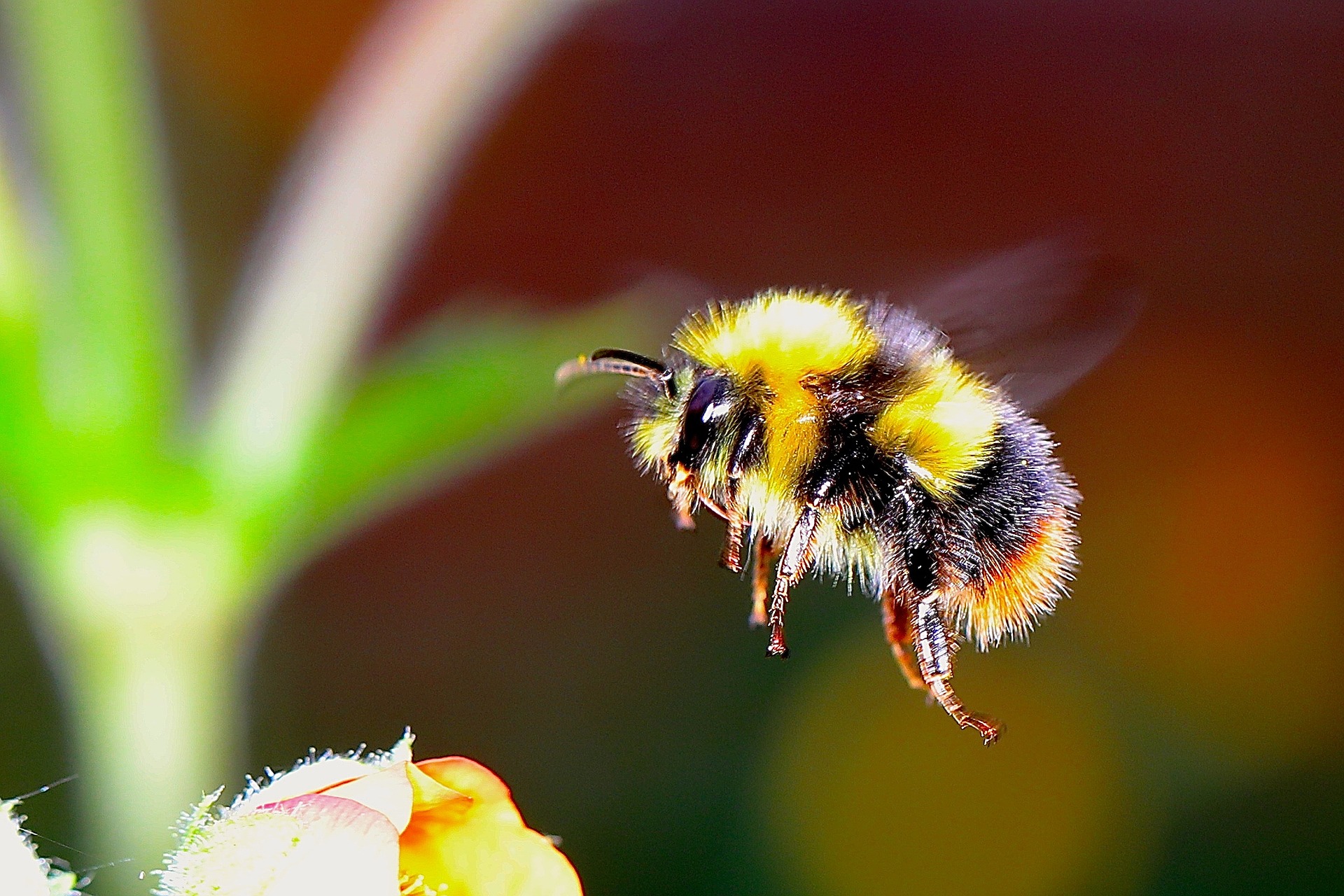With all the Buzz about pollinators in the news lately (sorry, just couldn’t resist it), I thought that this might be a good time to think about adding a pollinator garden to the landscape.
For the past few years, flower and gardening magazines, websites and even home improvement television shows have featured articles and episodes about butterfly gardening. Today the emphasis is shifting to gardens for pollinators. At a recent neighborhood meeting, a question came up that got me thinking: “Aren’t pollinator gardens and butterfly gardens actually the same thing?” It took me a minute to process my answer, but I finally answered with “Yes — and No.”
Let me explain. Yes, all butterflies are pollinators, so a butterfly garden is a pollinator garden. On the other hand, not all pollinators are butterflies. (Sounds like the dreaded logic problems in math class, doesn’t it?…I never did very well with those…) Bees are pollinators; wasps can be. So can flies, hummingbirds and even bats. Each type of pollinator responds best to a set of specific conditions. Sometimes the requirements overlap. For example, species of butterflies and bees both prefer to forage in sunny areas. Sometimes the requirements are opposite. Butterflies rest in grassy areas or on trees, while native bees usually prefer bare ground. In theory then, you could design a garden that would appeal to bees or bats or wasps and not attract butterflies. It would be a pollinator garden, but not a butterfly garden.
As you plan your landscaping, it is important to have a clear idea of what you hope to accomplish. Are you primarily interested in watching ethereal butterflies grace the garden, are you hoping to establish the perfect habitat for a variety of declining native insects or are you wanting to reintegrate native bees? Whichever direction you head, a few basic rules apply.
Choose your location carefully
- Choose a sunny spot for your pollinator garden. The vast majority of pollinators, both butterflies and non-butterflies, prefer a sunny location so select a spot that receives at least 6 hours of sun.
- Select an area with nearby trees, shrubs or tall grasses. They provide shelter from strong winds and rain, and they give places to roost at night or to hide from predators.
Provide moisture
- Pollinators need a source of water. Adding a shallow dish or a rock with an indentation allows pollinators to safely rest while drinking. Make sure that the water is replaced daily to avoid mosquito infestations.
- Include mud puddles in or near the garden. Many types of pollinators, including varieties of butterflies, get necessary minerals from soaking up muddy water.
Avoid pesticides
- Stop using pesticides. Pesticides indiscriminately kill both harmful and beneficial insects through direct and indirect methods. Many are toxic to humans (especially children) and pets too.
- Limit chemical fertilizer applications. Synthetic fertilizers can leach into water systems, disrupting ecosystems.
- Opt for letting predator insects control unwanted pests.
Plant a “near-native” garden
- Grow a combination of native and non-native plants to ensure adequate nectar and pollen availability throughout the entire growing season. Determine which non-native plants are non-invasive and will attract and feed insects visiting the garden.
- Understand that because native plants and native insects coevolved and have established unique, symbiotic relationships, the garden should primarily be made up of natives. (90% native – 10% non-native)
Design for the insects
- Leave some ground bare. Mulching does help to control unwanted weeds and conserve water, but many pollinators need open ground for nesting.
- Add a few large, flat rocks to serve as resting places. The heat generated by the rocks will help keep cold blooded insects warm on cool or cloudy days.
- Plant in massed groupings rather than rows. Use at least three to five plants (more is even better) of the same variety and color. Insects will have to expend less energy hunting for nectar.
- Plan for continuous bloom throughout the growing season. Some experts recommend three different varieties blooming at the same time during all three seasons.
- Research to learn the colors and flower shapes to which your intended pollinators are attracted. feature those in the design. Lists of insects and their plant preferences are available online.
- Include host plants as well as nectar and pollen plants in or near the garden. Without host plants, insects cannot complete their lifecycles.
Rethink your idea of beautiful
- Allow a pile of fallen leaves or a dead log to remain on the property, giving burrowing insects a place to hide.
- Let some herbs and vegetables flower instead of harvesting them all. Their nectars will attract dozens of insect varieties.
- Appreciate a chewed leaf for what it represents — a contribution to the lifecycle of an insect.
For decades we have been conditioned to consider precisely shaped, exotic bushes and well-manicured bluegrass lawns as the sole epitome of landscaping perfection. Buying into those strict and somewhat artificial standards however, has helped to change the ecological balance of our world. We have lost some of our smallest but most important contributors. Perhaps the time has come to expand our definition of beauty to include the reality— imperfections and all — of our own natural world.










